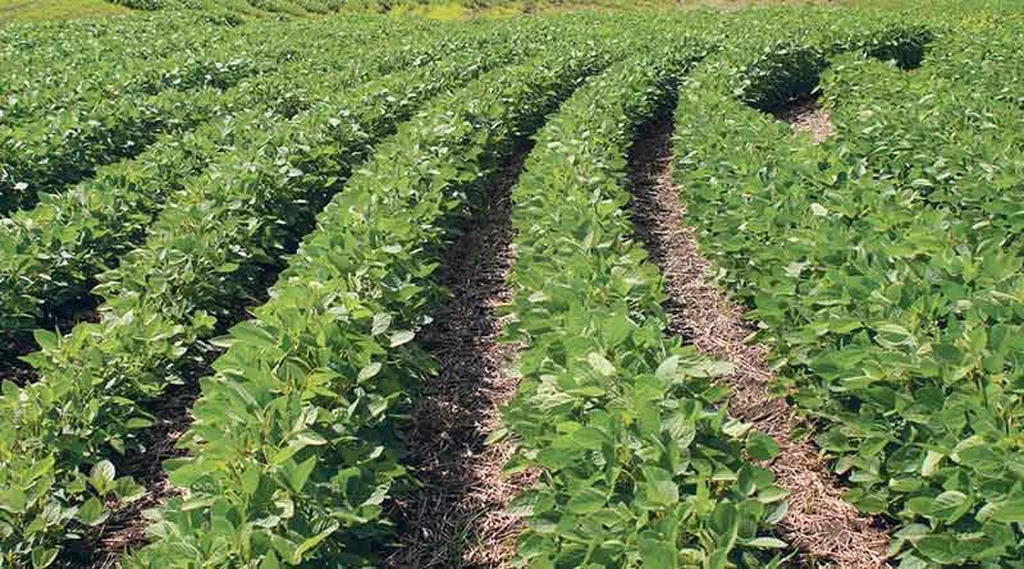In the heart of China’s Guangdong Province, researchers are unlocking the secrets of soybean plants, aiming to revolutionize the agriculture industry. A recent study published in *Guangdong nongye kexue* delves into the genetic basis of soybean plant height, a critical factor in yield and lodging resistance. Led by Xiaohui Zhao from the School of Life Sciences at Guangzhou University, the research could pave the way for semi-dwarf soybean varieties, potentially boosting global food security and agricultural sustainability.
Soybean, a vital crop for food, oil, and forage, has seen stagnant yields for decades. Unlike rice and wheat, which experienced a “green revolution” through semi-dwarf breeding, soybeans have yet to reach their full potential. Zhao’s team is changing that by exploring the molecular mechanisms behind plant height, focusing on the number of main stem nodes and internode length.
The researchers have identified key genes, Dt1 and Dt2, which control the growth habits of soybeans. These genes form a complex regulatory network in the apical meristem, influencing plant height and ecological adaptability. “Understanding these genes and their pathways is crucial for designing soybeans that are not only shorter but also more productive and resilient,” Zhao explains.
The study also investigates the role of plant hormones like gibberellin, auxin, and brassinosterol in regulating plant height. Brassinosterol, in particular, has shown promise in increasing yield potential by optimizing plant structure. This hormone’s potential to enhance yield could be a game-changer for farmers worldwide, offering a new tool to combat food insecurity and climate change.
The commercial implications of this research are substantial. Semi-dwarf soybeans could lead to higher planting densities, improved lodging resistance, and ultimately, increased yields. This could translate to significant economic gains for farmers and contribute to global food security. Moreover, the insights gained from this study could extend beyond soybeans, influencing the breeding of other crops.
As the world grapples with the challenges of feeding a growing population amidst climate change, research like Zhao’s offers hope. By harnessing the power of molecular design breeding, we can develop crops that are not only more productive but also more adaptable to changing environments. The future of agriculture lies in our ability to innovate and adapt, and Zhao’s work is a testament to that spirit.
In the words of Zhao, “Our goal is to provide a theoretical basis for genetic improvement and germplasm innovation of soybean using semi-dwarf genes. This is not just about creating shorter plants; it’s about creating a more sustainable and secure food future.” With such visionary research, the path to that future is becoming clearer.

